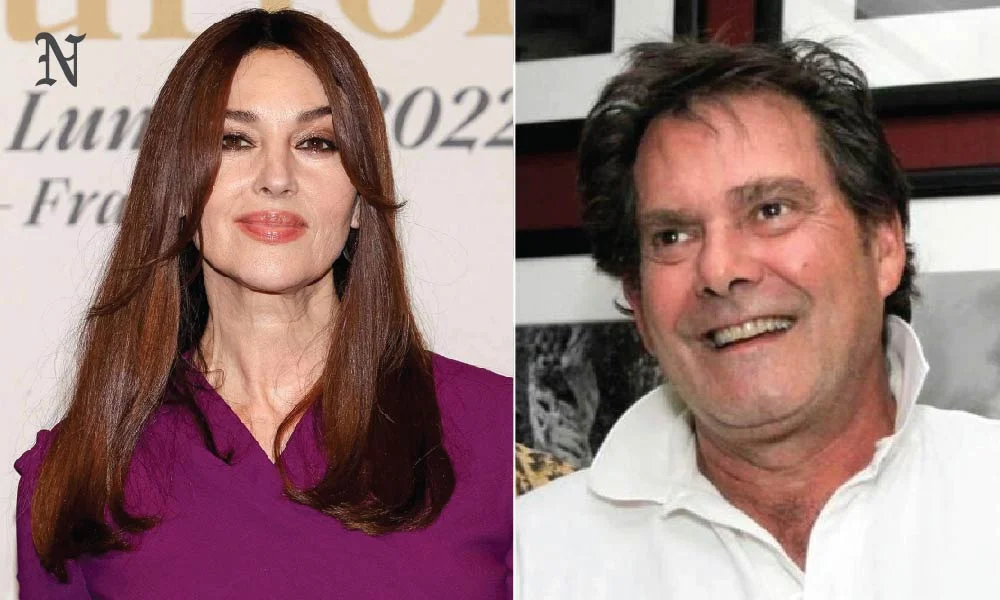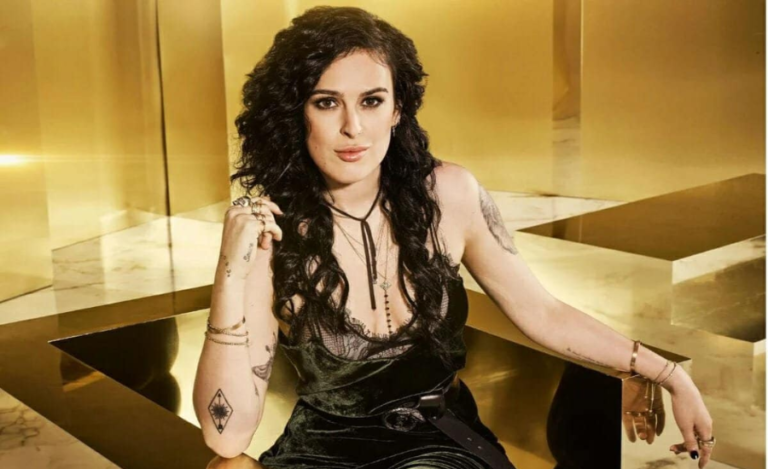Who Is Claudio Carlos Basso?
The Man Behind the Lens
Claudio Carlos Basso is a name that resonates deeply within the world of fashion photography. Known for his distinctive vision and contribution to high-fashion editorials, his career stands as a blend of creativity, style, and visual storytelling. While many photographers capture images, Basso has built a name as someone who captures moods, emotions, and fashion moments that speak beyond the fabric.
A Look into His Background
The name Claudio comes from Latin origins, believed to be related to the ancient Roman family name Claudius, which can mean “lame” or “crippled.” However, names carry deeper significance than literal meanings, especially in artistic careers. Carlos adds a Spanish and Italian flavor, emphasizing strength and masculinity. When combined as Claudio Carlos Basso, the name itself feels like a blend of heritage, style, and strength—fitting for a creative figure in a competitive field like fashion photography.
Rise in the Fashion Industry
Claudio Carlos Basso did not simply emerge into photography overnight. Like many in the creative industry, his journey began with small steps, often behind the scenes. Working closely with makeup artists, stylists, and models, he learned how different elements of fashion contribute to one final image. His talent gradually caught the attention of fashion editors and designers, who appreciated his approach to light, framing, and story.
His lens didn’t just capture clothes—it revealed texture, attitude, and art. Models became characters, garments became emotion, and each photograph was a chapter in a visual story.
Monica and Claudio: A Point of Curiosity
Some public interest around Claudio Carlos Basso also connects to his association with a woman named Monica. While not much is widely documented or confirmed, there is often curiosity about their connection. Was Monica a muse, a partner, or a collaborative force? The mystery adds a layer of intrigue to his story.
In artistic professions, relationships can play a vital role in shaping one’s creativity. Many legendary photographers have drawn inspiration from key people in their lives. Whether Monica played such a role for Basso remains private, yet the name is often linked with his in various discussions and speculations.
Art Beyond Trends
Fashion trends come and go, but Basso’s work has always felt timeless. Unlike photographers who follow passing fads, he focused on capturing the essence of a subject. Whether working with a dramatic shadow or a burst of natural light, his focus remained on enhancing the depth and personality of his models and the garments they wore.
He also placed importance on the surrounding mood—whether urban backdrops or studio settings, every image was tailored to complement the clothing and model.
An Italian-Spanish Flair in Style
Claudio Carlos Basso’s name itself reflects a cross-cultural essence—Italian and Spanish. That fusion is sometimes visible in the emotional tone of his work. Mediterranean cultures are known for their deep connection with art, drama, and expression. Basso’s portraits often carried that emotional weight: confidence, silence, strength, vulnerability—all conveyed through pose and composition.
This background also gave him a stylistic advantage. While many photographers adopted a uniform international look, Basso’s work often stood out for its warmth, storytelling quality, and passion-infused angles.
Influence on Modern Fashion Photography
Photographers entering the industry today often mention Basso among their inspirations. He represented a time when technical mastery and creative instincts were both essential. His work is studied in photography schools and admired in fashion circles. Yet, unlike some fashion icons who chase fame, Basso maintained a relatively private presence.
That privacy gave his art more power—it spoke on its own. Instead of loud promotions, it was the quiet force of his talent that brought him recognition.
Philosophy Behind the Camera
For Basso, photography wasn’t just about pressing a shutter button. It was about waiting, observing, and communicating. He was known for spending time with his subjects before shooting, helping them relax, understand the scene, and embody the concept fully.
He believed that a great fashion photo starts long before the camera is raised. It starts with vision, collaboration, and trust. Models needed to feel comfortable; designers needed to trust that their work would be represented beautifully; editors needed to know that the final result would align with the publication’s voice.
Signature Techniques and Style
Basso often favored natural light when possible. Even in studio settings, he tried to mimic the effect of sunlight. He used angles and shadows to create drama without making it feel staged. His use of color was subtle yet powerful, often playing with tones that enhanced fabric texture or model skin tone.
In black-and-white photography, he was known for capturing strong contrasts—making sure that every fold of fabric and line of emotion was clear and striking.
More Than Just a Photographer
Although most known for his fashion photography, Claudio Carlos Basso’s creativity expanded beyond fashion magazines. He worked on personal art projects, conceptual portrait series, and visual storytelling pieces that blurred the lines between fashion and fine art.
He also mentored young creatives in his own quiet way, sharing thoughts on light, patience, and expression. While not a celebrity in the public eye, in artistic circles he held an almost legendary status.
Why His Work Still Matters
In an age of fast photography and instant digital edits, Basso’s images remind people of what it means to pause, reflect, and compose. Each frame held intention. Each model felt alive. Each dress had a voice. His photography is often described not as “fashion photos” but as “fashion stories.”
That is why his name, even today, holds value for those who understand the true power of visual art.






